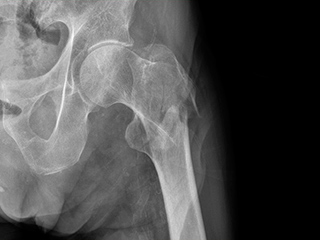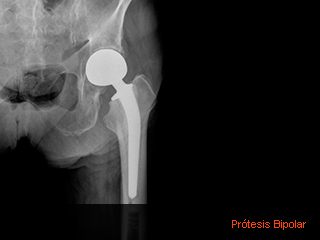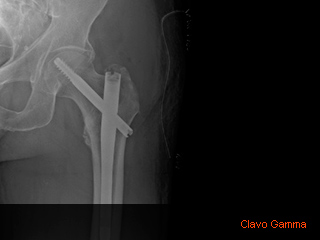Hip fractures are seen globally and they are one of the biggest challenges that surgeons face nowadays considering that it is a serious concern at the individual and population level. Great many elderly people are affected by this injury and multiple associated pathologies.
Hip fractures occur for diverse reasons: falling is one of the leading risk factors. But why do people fall down? Causes for falling are due to loss of reflexes and mobility because of the aging, hypoglycemia provoked by diabetes, dizziness caused by alterations of the cerebral circulation, heart failure, vertigo, hypothyroidism, or diseases related to vision loss.
Hip fracture treatment must be addressed from a multidisciplinary persperctive.
There are different types of hip fracture and depending on the fracture there is a treatment required.
A) Subcapital fracture (Femoral neck fracture).
These fractures involve the nearest part of the femoral head, therefore the fracture produced is located in the intracapsular area of the hip joint. This fracture may disrupt the blood supply to the femoral head. However, bleeding leads to a higher intracapsular pressure, all of which add up to a tear in the small blood vessels that nourish the head of the femur, causes its non-feasibility. In such cases surgeons should undertake a total or partial replacement of the head of the femur.
B) Pertrochanteric fracture.
This fracture affects the area included between both trochanters, yet it is the space where the head joins with the rest of the femur. The method for these fractures is usually an osteosynthesis, which means the procedure involves stabilizing the fracture with screws and plate device to hold the two fragments in position in order to provide instability to bear the weight.
C) Persubtrochanteric fracture.
This fracture affects the intertrochanteric area involving the shaft of the femur below the trochanter and may extend down the shaft of the femur. This type of fractures can sometimes affect the entire femur and therefore the treatment would consist of a intramedullar nail placement.
Today, thanks to the development of minimally invasive surgery techniques and the improvement in the design of tools, we are able to deal with the treatment of this kind of fractures with confidence. Minimally invasive techniques have made it possible to shorten time in the operation room, to reduce bleeding and postoperative pain which is extremely important, since hip fracture is typically an injury that affects the elderly. Thus, improving these aspects also enables patients to have an earlier recovery.












